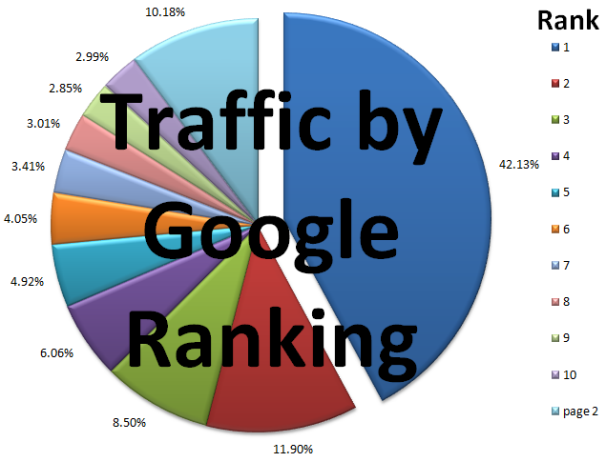Or, why repeat business is good business
A lot of agents focus on getting the listing. After that, you sell the house, and you move on. Home buyers aren’t very good repeat clients compared to, say, technology consumers. By the end of 2013 the average Australian home owner held onto their house for 10.1 years (or 8.4 years for a unit), so once the contract is signed and the commission collected, that’s the last you’ll have to do with that customer, right?
Maybe not.
Here are some statistics every business owner should know.
- A dissatisfied customer will typically tell 9-15 people about their bad experience, with one in six telling 20 people or more. A satisfied customer, by contrast, will mention it to only five;
- For every customer complaint you know about, there are another 26 dissatisfied customers who have remained silent. 25 of those will leave and not return to your business; and lastly
- It costs six to seven times more to attract a new customer than to retain an existing one.
Your vendor might not sell again for a decade, but their family and friends probably will. And if they’ve raved about you, that’s new business that you haven’t had to spend a dollar to attract. If they felt that you were dismissive, only focused on the money or outright trying to rip them off, however (and remember, the perception of real estate agents is pretty low to start with), they’re likely to tell everyone they know. That’s a lot of potential business down the drain.
So given all of that, why do businesses continue to ignore the importance of a consumer-centric approach?
Consumer-centrism is the idea that customer service is central to a successful business model. They don’t just aim their marketing at getting customers to buy their product; they find out what the customers want and tailor the product to those needs. They focus on retaining customers and gaining repeat business, often by initiating user surveys and interacting with customers on an ongoing basis. As contrasted with customer focused businesses, who take a short term approach to gaining and providing for customers, consumer-centrism looks to the long term. These businesses interact with their customers before, during and after the sales event. They don’t wait to receive feedback; they go out and solicit it. And if it’s negative, they set up the pathways to be able to fix it, and they let the customer know that they’re changing their approach. Customers dealing with consumer-centric businesses feel heard.
While these are examples of retailers, not service providers, it’s useful to compare and contrast two big retailers in this arena:
Bunnings, a huge DIY/trades warehouse, doesn’t just concentrate on great customer service and decent prices. They offer DIY workshops which empower people to use the products they’re buying, they hire people with knowledge of and passion for their trade, and they keep people coming back. By doing those things, they create an ongoing demand for their product, and they establish themselves as an authority in their field. Contrast that with Harvey Norman: with a huge advertising spend, regular discount cycles and a floor stocked with products and staff, the company puts a lot of effort into attracting customers and persuading them to buy. What they don’t do is generate ongoing custom.
What’s the result? In 2012 Choice published a report on customer service. Bunnings was a stand out performer, while Harvey Norman trailed at the bottom of the pack. Not surprisingly, that year Harvey Norman posted a huge 39.2% loss over the previous year.
Remember those statistics we started with? It’s easier and cheaper to retain existing customers than attract new ones. If you aren’t consumer-centric, you will spend more money on marketing and experience a higher turnover of customers compared to the companies who have a solid, loyal customer base and can concentrate on what they do best; running a business.
Next week we’ll look at some practical tips on how to create a consumer-centric business model. Until then, remember that your relationship with your clients should be a conversation, not a broadcast.






